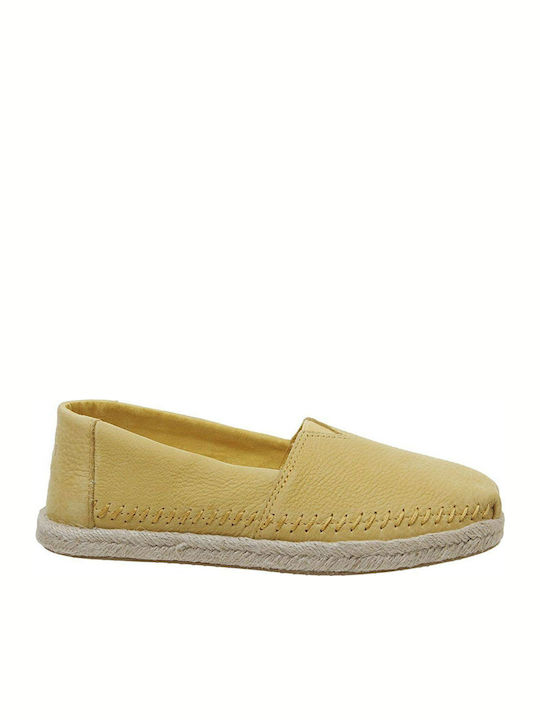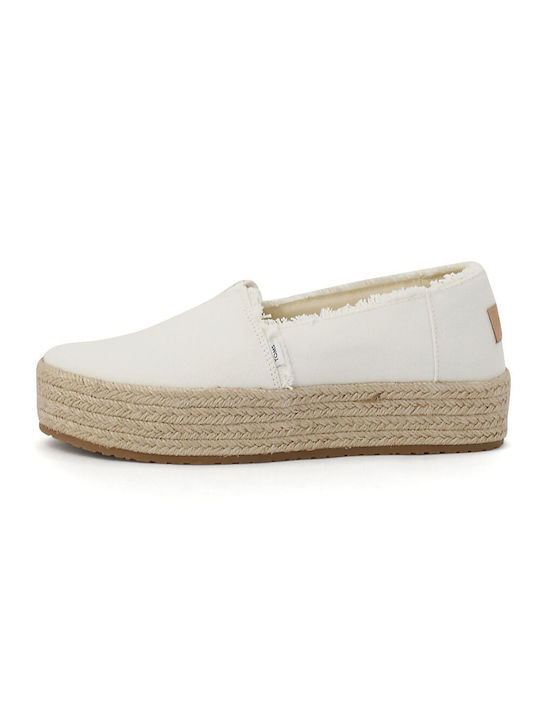
Toms παιδικές εσπαντρίγιες για κορίτσι Ρόζ 10019846 | Παιδικά Παπούτσια για Κορίτσια και Αγόρια | Funky Monkey - Το #1 E-shop σε Παιδικά Παπούτσια για Κορίτσια και Αγόρια

TOMS ΕΣΠΑΝΤΡΙΓΙΕΣ ΓΥΝΑΙΚΕΙΕΣ 10017841 ALPARGATA MALLOW APRICOT MULTI COLOR CHANGING TIE DYE TWILL | Lovemyshoes.gr

cheap chinese nike sneakers shoes | Wpadc Sport | Γυναικείες Εσπαντρίγιες. Βρες Εσπαντρίγιες από Top Brands σε Μοναδικές Προσφορές

Παιδική Εσπαντρίγια για Κορίτσι Toms Ανατομική Alp Platform Χρώματος Ροζ 10019840 | Serafinoshoes.gr






















